Neuroscience
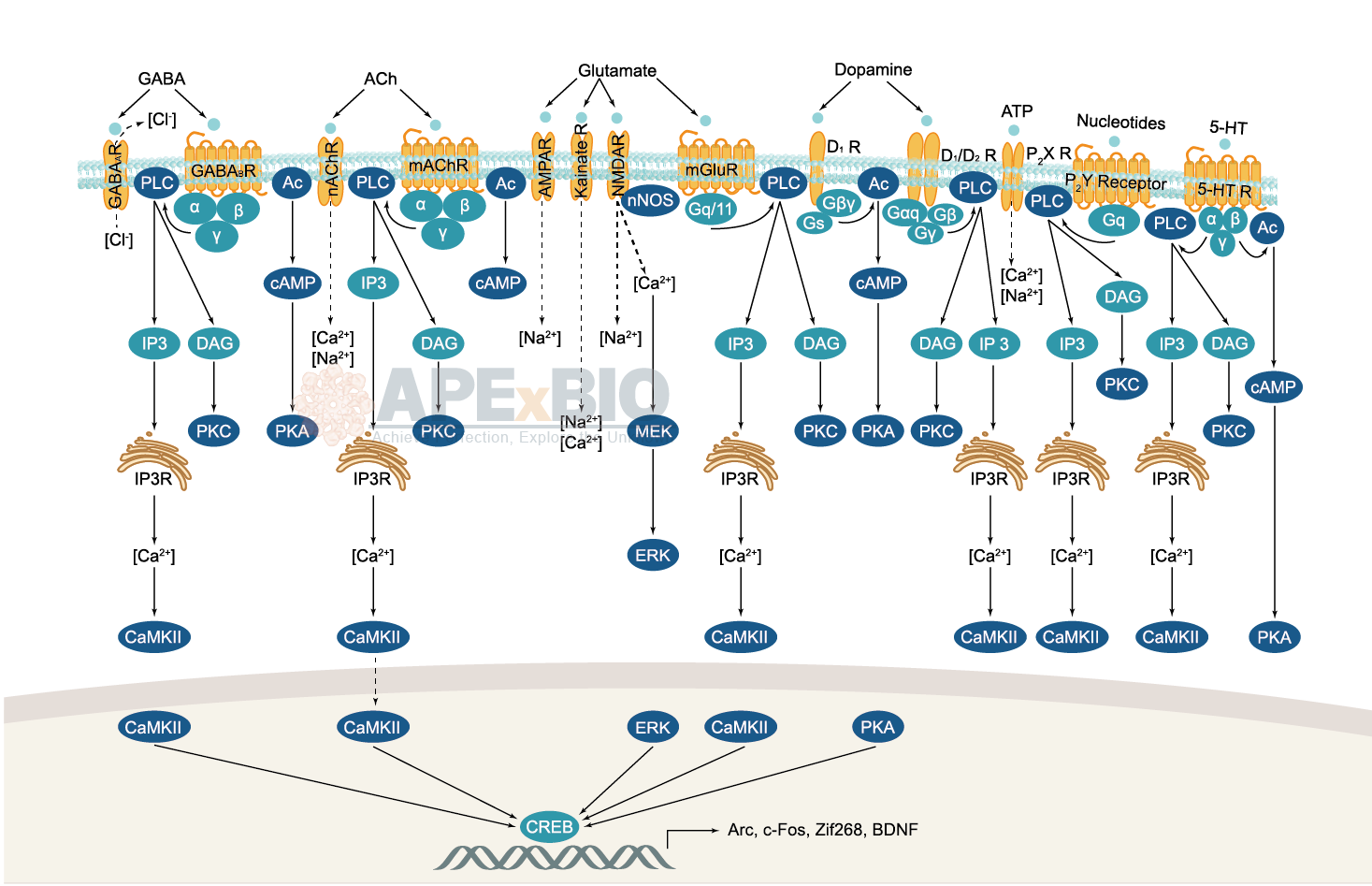
Neurotransmitter receptors function via various G-protein coupled and G-protein independent mechanisms that activate downstream intracellular signaling pathways such as cAMP/PKA, PI3K/AKT, phospholipase A2, and phospholipase C pathways. For instance, dopamine receptors act through adenylate cyclase to activate PKA and other signaling molecules, thereby mediate gene expression through the actions of CREB and other transcription factors. Other neurotransmitters such as NMDAR or AMPAR are associated with ion channels that control flux of Ca2+ and Na+, thus propagating the action potential across the post-synaptic neuron.
Dysfunctions in GABAergic/glutamatergic/serotonergic/dopaminergic pathways result in a broad range of neurological disorders such as chronic pain, neurodegenerative diseases, and insomnia, as well as mental disorders including schizophrenia, bipolar disorder, depression, and addiction.
-
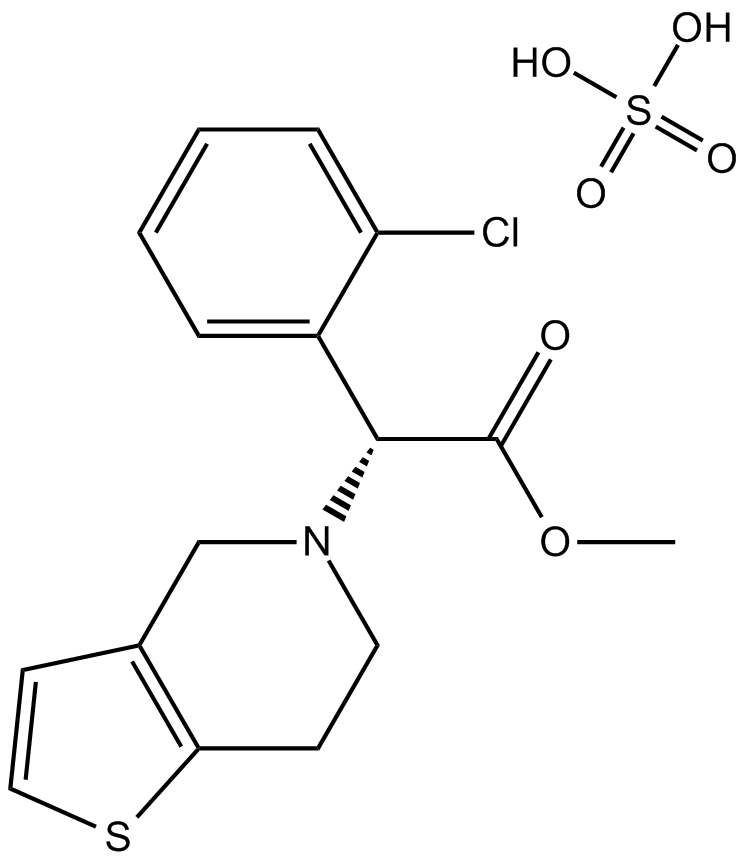 A5183 ClopidogrelTarget: P2Y ReceptorsSummary: P2Y12 receptor antagonist
A5183 ClopidogrelTarget: P2Y ReceptorsSummary: P2Y12 receptor antagonist -
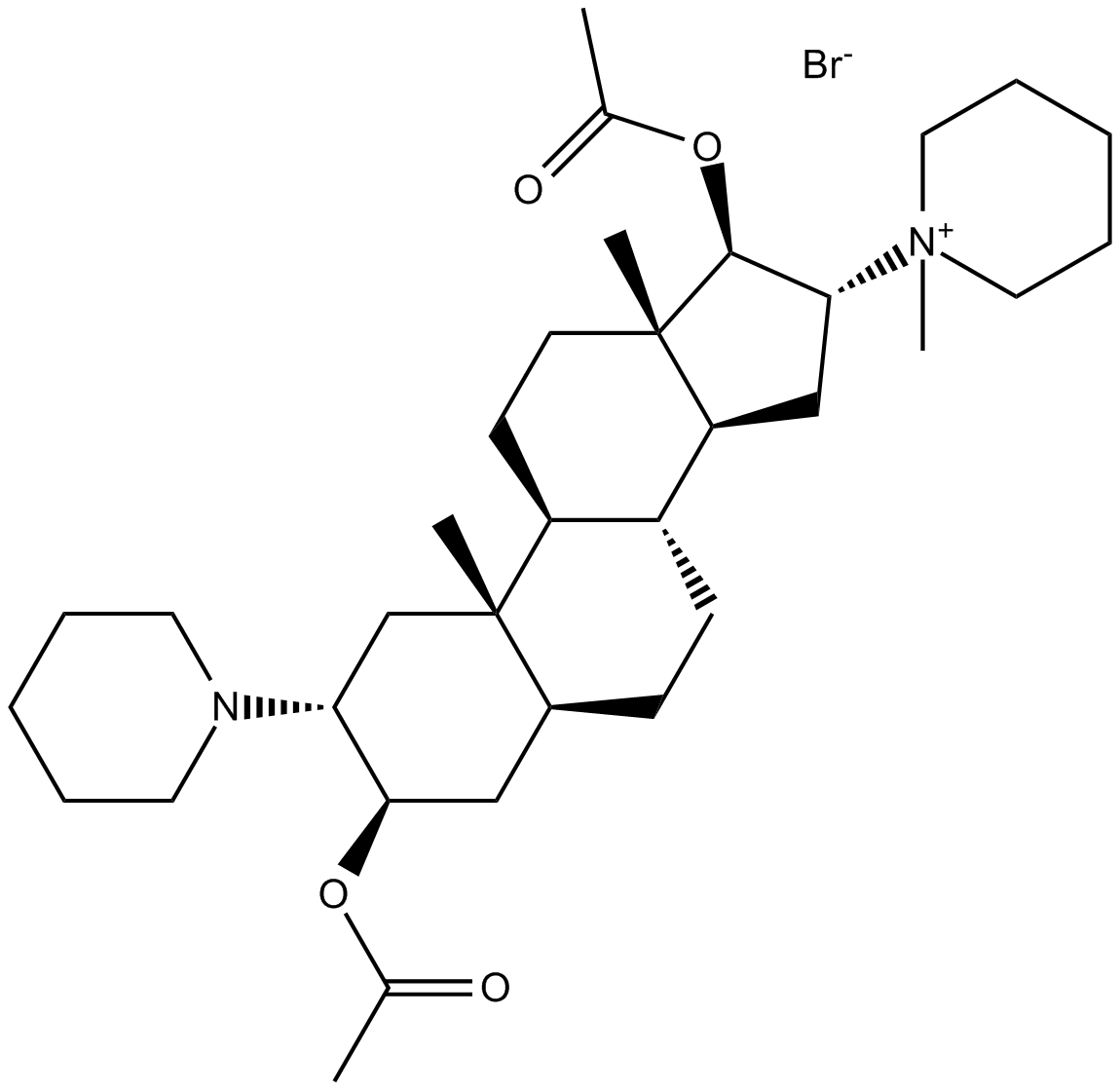 A5220 Vecuronium BromideTarget: AChRSummary: Nonpolarizing neuromuscular relaxant
A5220 Vecuronium BromideTarget: AChRSummary: Nonpolarizing neuromuscular relaxant -
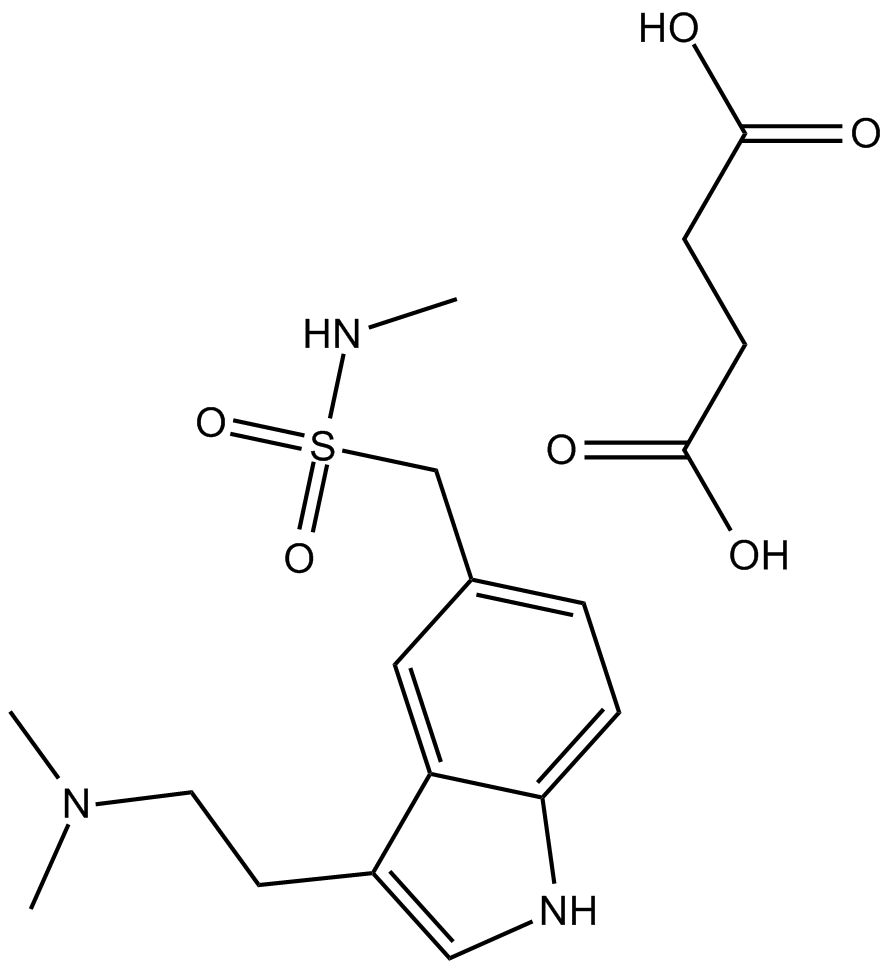 A5294 Sumatriptan SuccinateTarget: 5-HT1 ReceptorsSummary: 5-HT1 receptor agonist
A5294 Sumatriptan SuccinateTarget: 5-HT1 ReceptorsSummary: 5-HT1 receptor agonist -
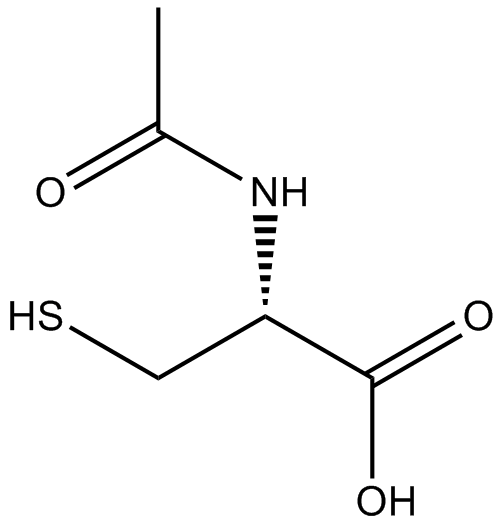 A8356 AcetylcysteineSummary: Antioxidant;mucolytic agent
A8356 AcetylcysteineSummary: Antioxidant;mucolytic agent -
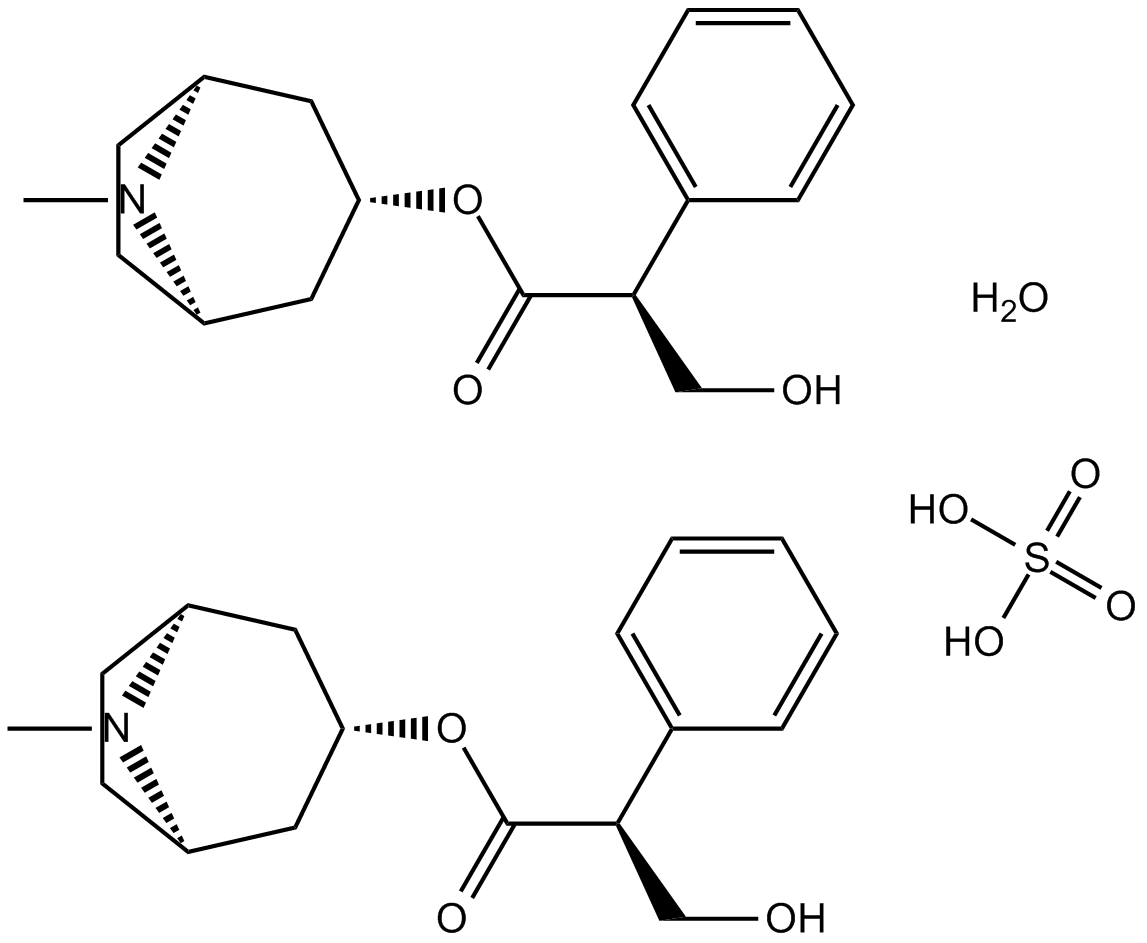 A8369 Atropine sulfate monohydrateTarget: M3 Receptors|M1 Receptors|M2 Receptors|M4 Receptors|M5 ReceptorsSummary: MAChRs antagonist
A8369 Atropine sulfate monohydrateTarget: M3 Receptors|M1 Receptors|M2 Receptors|M4 Receptors|M5 ReceptorsSummary: MAChRs antagonist -
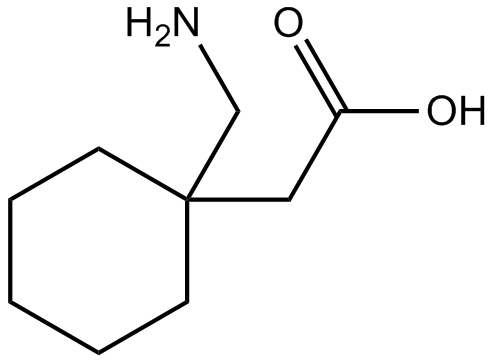 A8436 GabapentinSummary: GABA enhancer
A8436 GabapentinSummary: GABA enhancer -
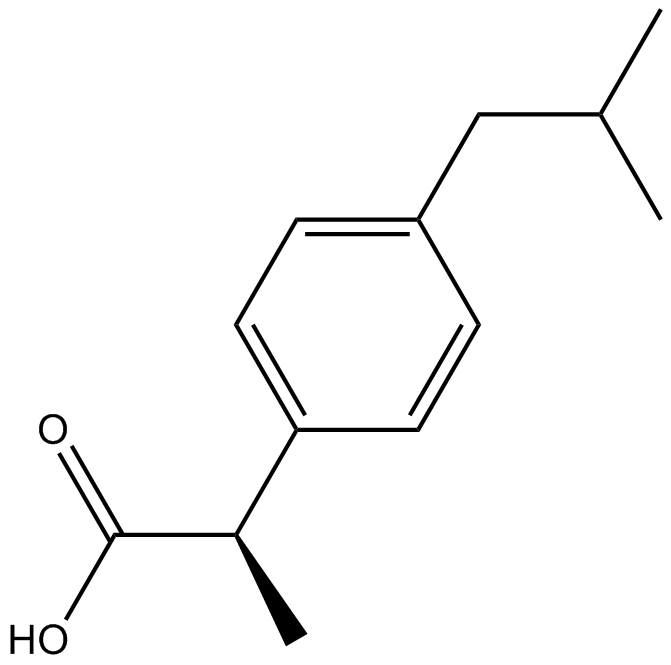 A8446 IbuprofenTarget: COXSummary: inhibitor of cyclooxygenase 1 and cyclooxygenase 2
A8446 IbuprofenTarget: COXSummary: inhibitor of cyclooxygenase 1 and cyclooxygenase 2 -
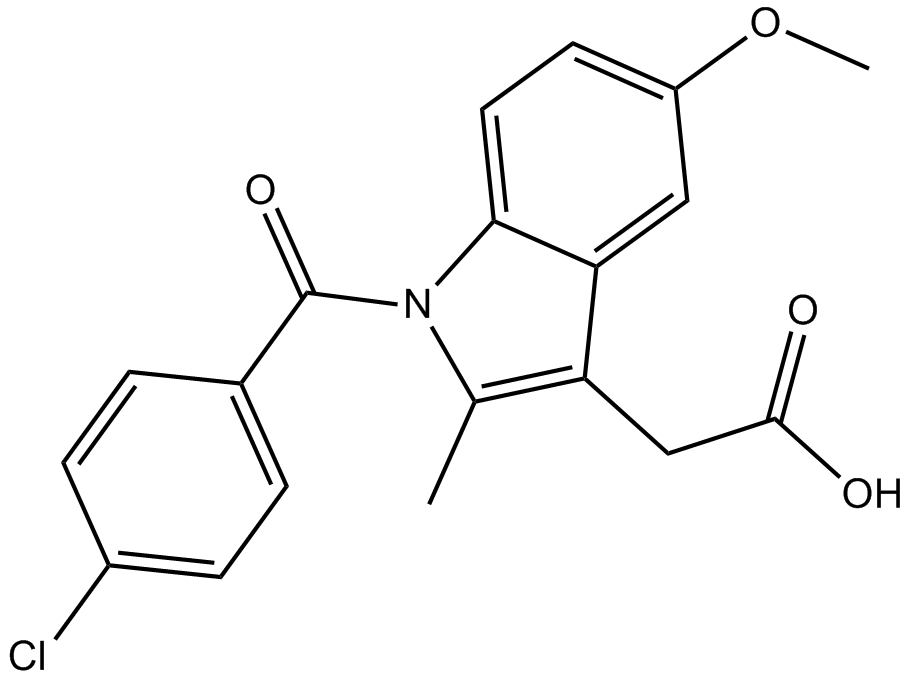 A8449 IndomethacinTarget: COXSummary: Cox inhibitor
A8449 IndomethacinTarget: COXSummary: Cox inhibitor -
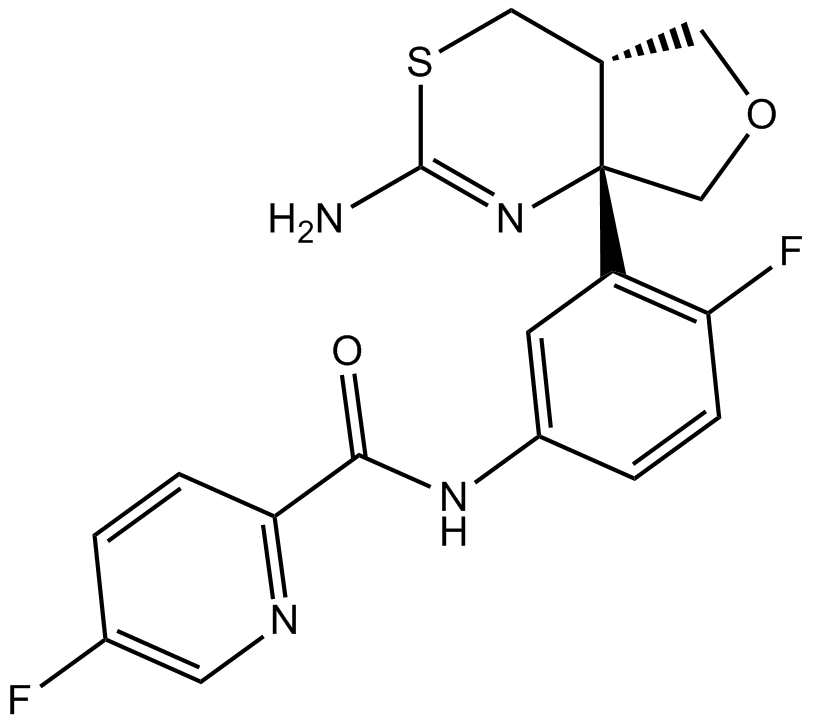 A8465 LY28867211 CitationTarget: BACESummary: BACE inhibitor
A8465 LY28867211 CitationTarget: BACESummary: BACE inhibitor -
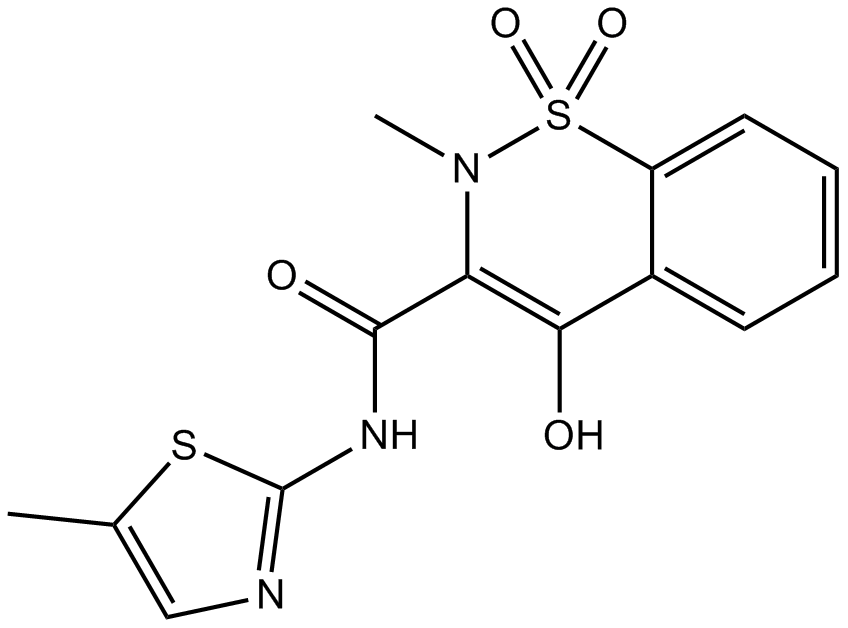 A8466 Meloxicam (Mobic)Target: COXSummary: Nonsteroidal anti-inflammatory drug
A8466 Meloxicam (Mobic)Target: COXSummary: Nonsteroidal anti-inflammatory drug

